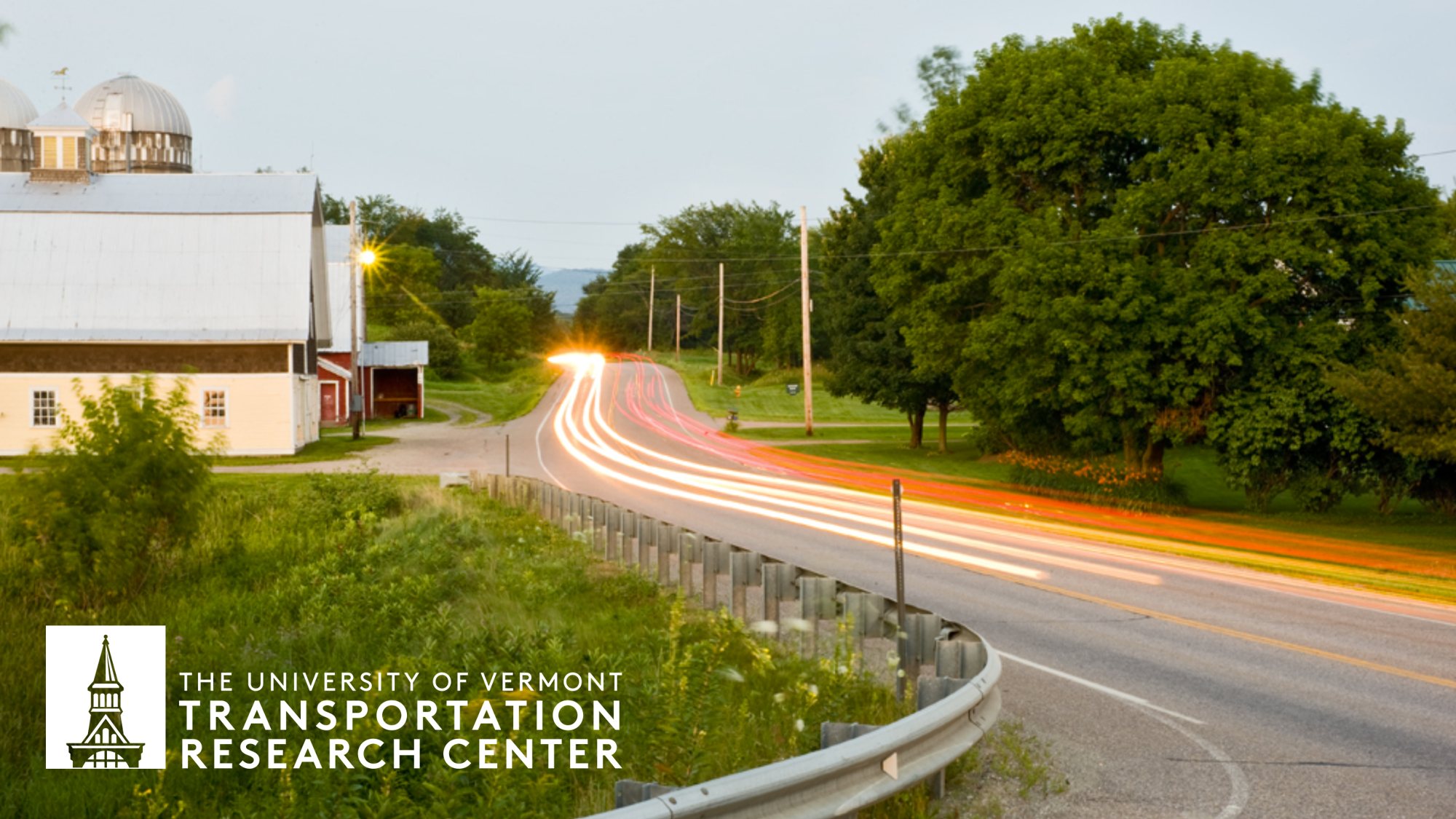
University of Vermont Transportation Research Center
Document Type
Article
Publication Date
2013
Abstract
This study estimates the size and distribution of the population living near high volume roads in the US, investigates race and income disparities in these near roadway populations, and considers the coverage of the national ambient air quality monitoring network. Every US census block is classified by traffic density and proximity to roads falling within several traffic volume ranges using year 2008 traffic data and the 2010 and 2000 US Census. The results indicate that 19% of the population lives near high volume roads. Nationally, greater traffic volume and density are associated with larger shares of non-white residents and lower median household incomes. Analysis at the county level finds wide variation in the size of near roadway populations and the severity of environmental justice concerns. Every state, however, has some population living near a high volume road and 84% of counties show some level of disparity. The results also suggest that most counties with residents living near high volume roads do not have a co-located regulatory air quality monitor.
Creative Commons License

This work is licensed under a Creative Commons Attribution-NonCommercial-No Derivative Works 4.0 International License.
Recommended Citation
Rowangould, G., 2013. A census of the US near-roadway population: Public health and environmental justice considerations. Transportation Research Part D: Transport and Environment 25, 59–67. https://doi.org/10.1016/j.trd.2013.08.003
DOI
https://doi.org/10.1016/j.trd.2013.08.003


Comments
This is an Accepted Manuscript of an article published by Elsevier in Transportation Research Part D: Transport and the Environment in 2013, available at: https://doi.org/10.1016/j.trd.2013.08.003